Before you bring your new kitten home, you will need to stock up on a few kitten essentials. Doing so ahead of time means that everything is ready and in place for the kitten’s arrival.
1. Food and water bowls

Look for stainless steel or ceramic bowls. Avoid plastic if possible as it can cause feline acne in some cats. Bowls should be sturdy and wide enough for the cat to eat comfortably.
2. Cat food

When you bring a new kitten or cat home, where possible, feed the same food they were eating at their previous home. If you want to switch to another type of food, do so gradually, over a few days by adding more of the new food and less of the old.
3. Litter tray

If you are bringing home a kitten, a small tray is easiest for little legs to climb in and out of. As the cat grows, you can switch to a larger tray that can have high sides (I use storage crates as litter trays), open trays, covered trays of self-cleaning trays.
4. Cat carrier
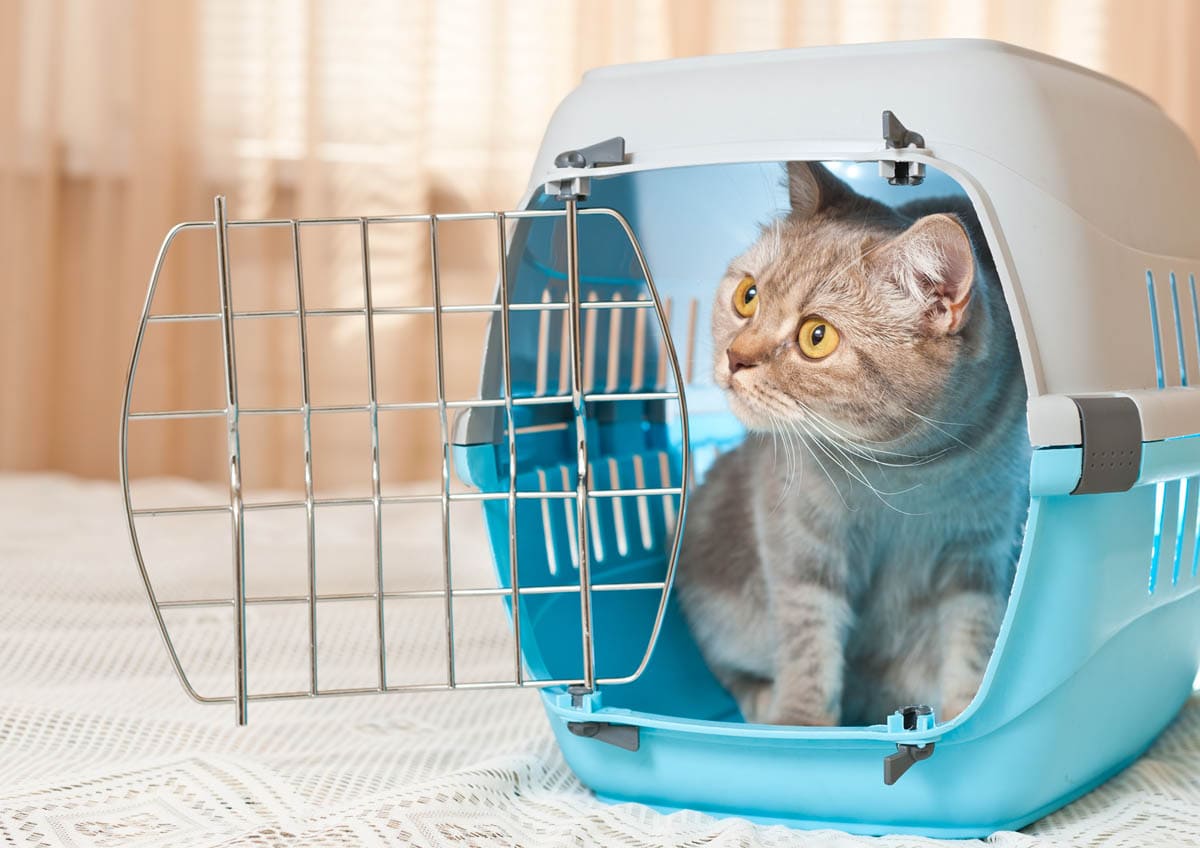
A cat carrier is a must to safely transport your cat to the veterinarian. Look for a durable one that has both side and top openings and is easy to wash.
5. Scratching post

Cats need to scratch to remove the loose outer layer of the claws and stretch the shoulders and limbs. Scratching posts are available in different materials which include cardboard, sisal rope and carpet. I am not a fan of the cardboard posts just because they do tend to leave cardboard debris on the floor.
6. Cat tree
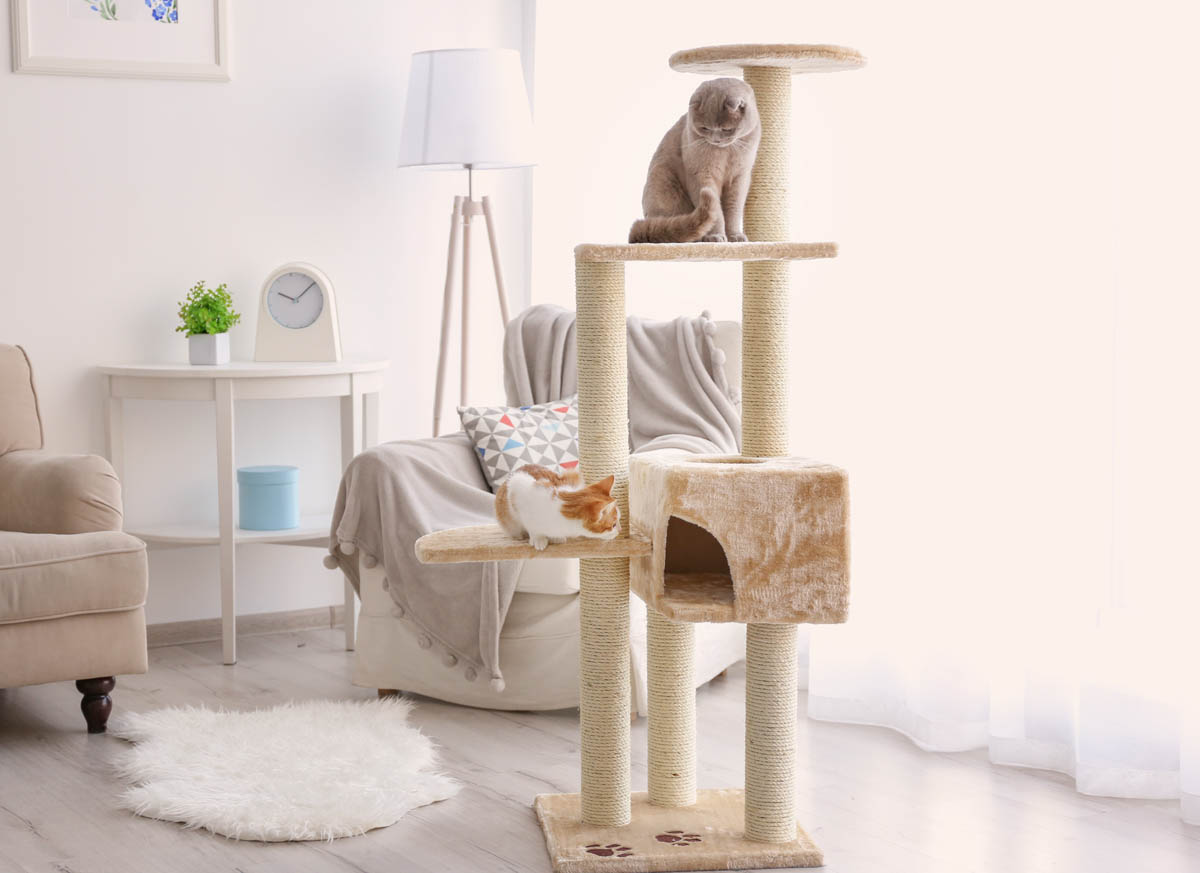
A cat tree is essentially a larger scratching post that may have shelves, cubby holes and resting areas. By nature, cats like to be up high, and a cat tree provides the cat with the opportunity to survey his environment from a safe distance, watch the world go outside or just retreat to his own quiet area for a snooze.
7. Cat toys

Cat toys come in a vast range of types from toy mice to wands, laser pointers, interactive toys, all of which offer the opportunity to stalk, chase and capture pretend prey. This provides the cat with physical and mental stimulation. Look for toys that can withstand a certain amount of chewing and throwing around, and be careful with toys that have parts that can be easily chewed off and swallowed. Never give cats long strands to play with such as tinsel or knitting wool which if swallowed, can cause a linear foreign body obstruction.
Tip: Don’t keep all toys out at the same time, but rotate, so the cat doesn’t become bored.
8. Cat bed
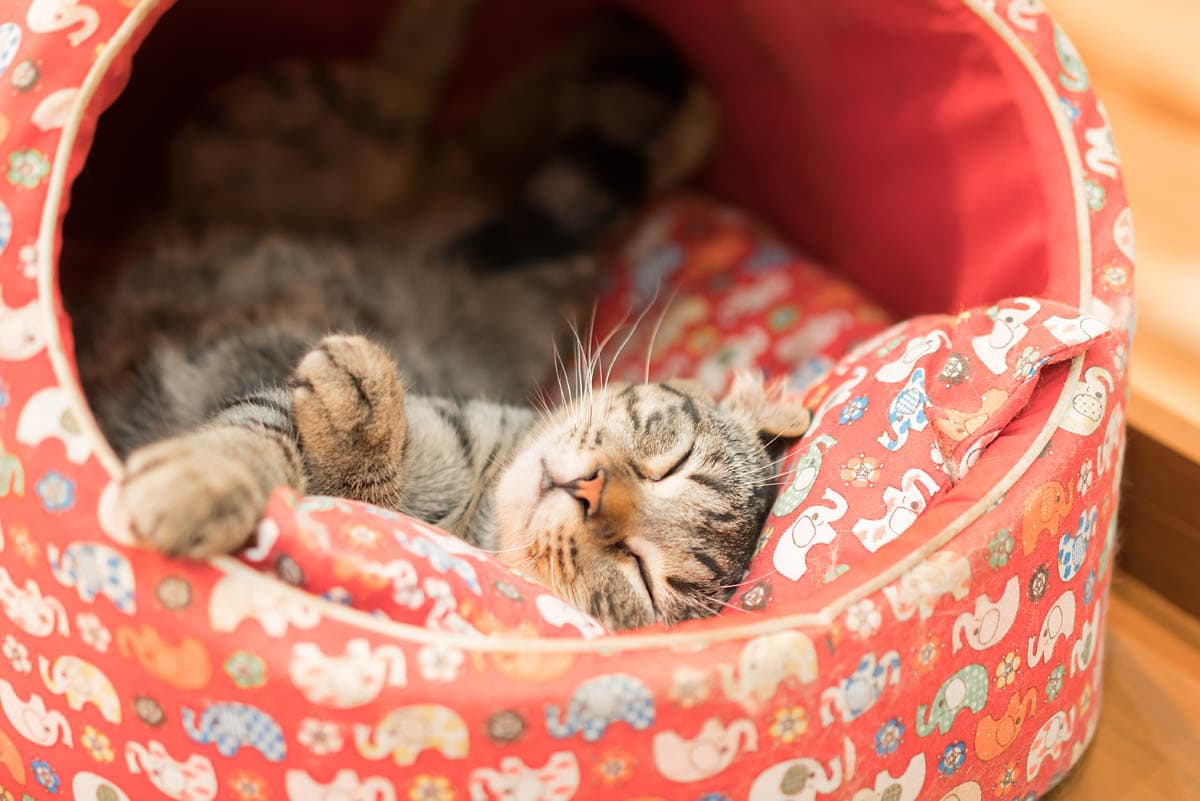
A soft, comfortable cat bed that should be easy to clean. Decide early on where you want the cat to sleep, on your bed or not and stick with it. The bed should be in a draft-free part of the room, especially in the cooler months.
9. Nail clippers
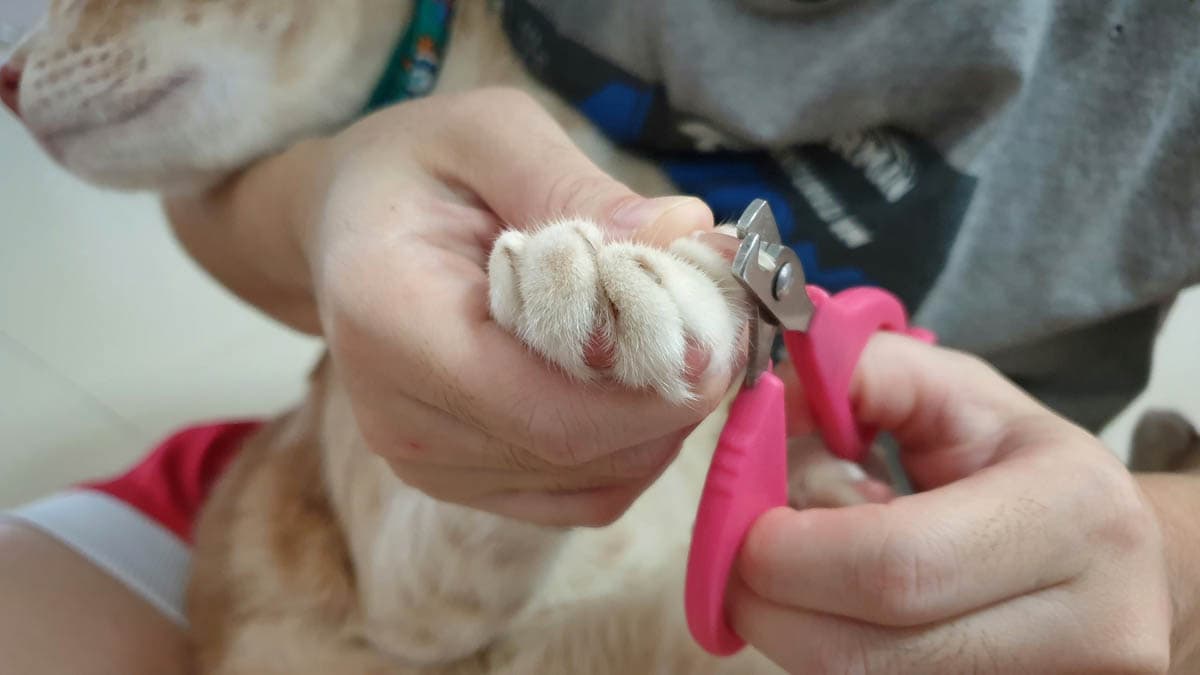
Cats, especially those who are indoors will need to have their claws trimmed every few weeks. If this starts in kittenhood, it should be easy to do. Pet shops and veterinarians sell pet claw trimmers, but human clippers are adequate too. Just make sure they are sharp so that they don’t crush the claw and you don’t cut into the living tissue inside the claw.
10. Grooming equipment

All cats benefit from a regular brush to remove loose hairs; this is particularly important for longhaired cats whose coat is prone to matting. Brush shorthaired cats once a week and longhaired cats once a day. It only takes a few minutes to keep the cat’s coat tangle-free.
11. A Collar

Pick a collar with a little bell so that you know where your new kitten is! If your kitten escapes or gets lost, it is also essential to have an ID tag. You should also micro-chip your kitten.
12. Kitten proof your home!
Before your kitten arrives home, walk around the house and remove any potential dangers. Kittens, in particular, are curious and are more likely to eat things they shouldn’t so make sure you get rid of all toxic substances such as medications and plants which could poison your cat.
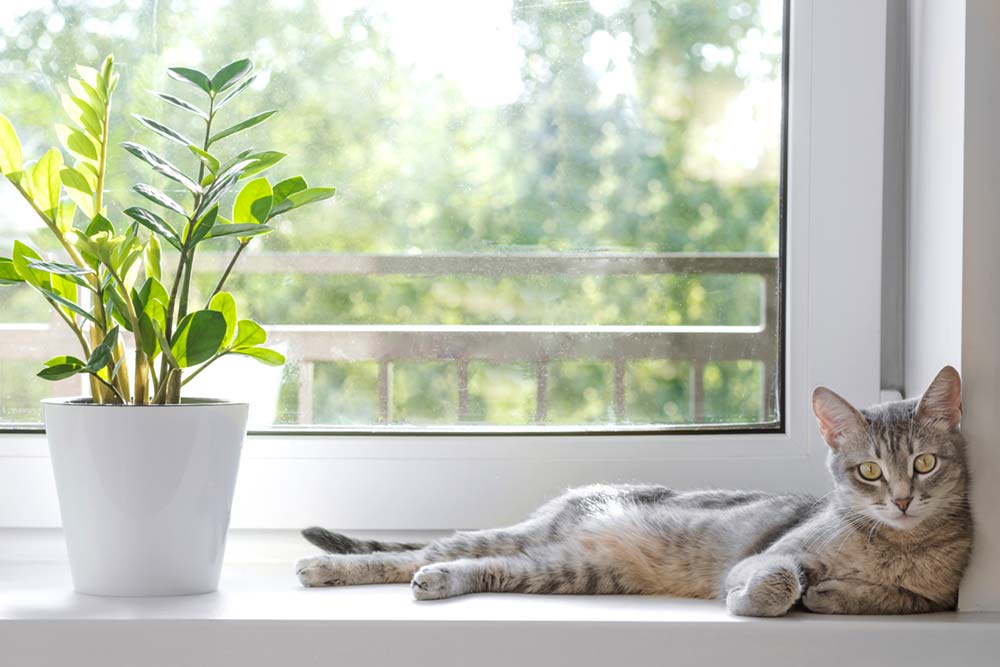
For example, ZZ plants are part of the common household plants that are toxic to cats.
Other quick tips to kitten proof your home include:
- Keep the toilet lid down and washing machine/tumble dryer doors closed.
- Move breakables to safe locations such as behind glass doors or very high.
- Be careful with candles and oil burners. Keep them out of reach of your kitten.
- Keep reed diffusers out of reach, they can cause chemical burns to cats.
- Ribbons, string, elastic bands, hair ties all have the potential to be swallowed by a curious kitten.
- Electrical cords can potentially cause a shock if chewed through. Kittens, in particular, like to chew things.
Learn more with our article on settling a kitten in a new home.
Veterinarian Essentials for A New Kitten
13. Cat toothbrush and toothpaste

Dental care should start in kittenhood to help prevent the development of gum disease, which not only impacts the teeth but also affect several other body systems. Only use toothpaste which is made for cats.
14. Anti-parasite medications
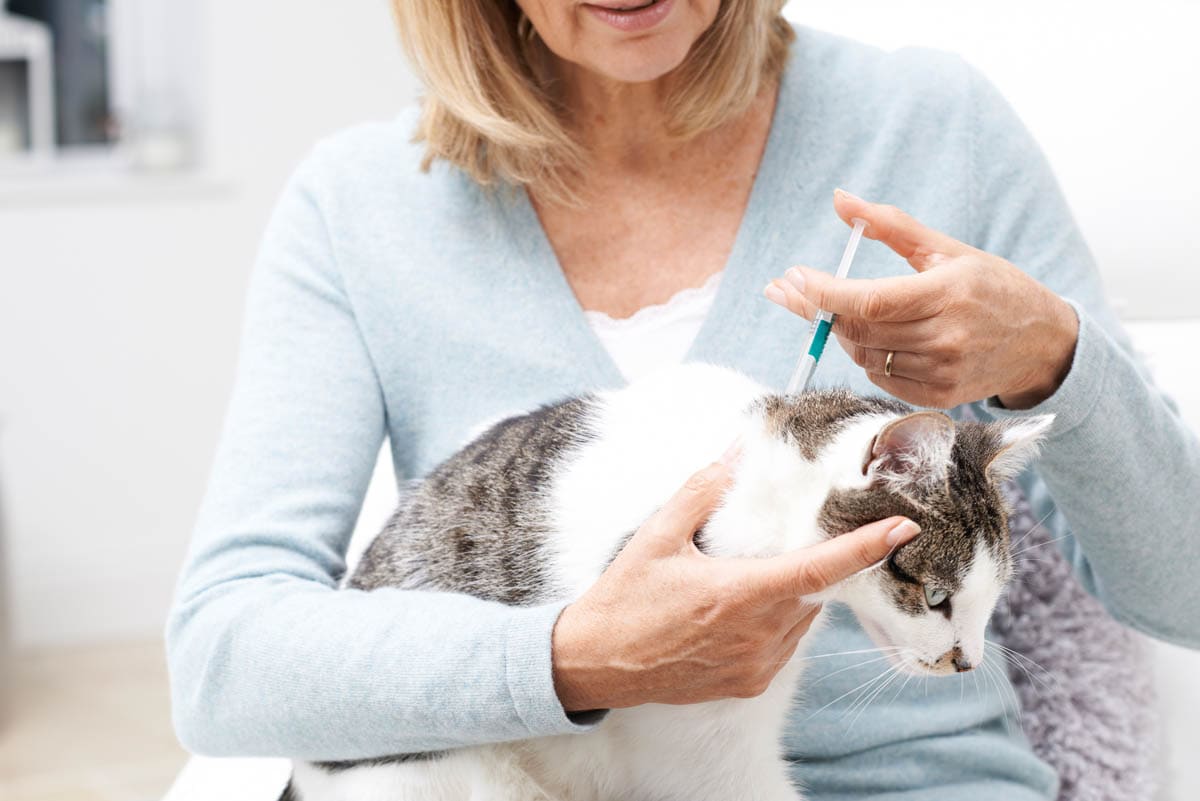
Speak to your veterinarian about the most suitable anti-parasitic treatments in your area. Common parasites include intestinal worms (roundworm, hookworm and tapeworm), fleas, ticks and heartworm. We recommend veterinary preparations over supermarket products.
15. Vaccinations
Check out essential kitten vaccinations and our kitten vaccination schedule. Vaccinations in kittens should start around 6 – 8 weeks of age. Here is a quick overview:

Learn more with our kitten vaccination schedule.
16. Spay and neuter
Kittens can be spayed or neutered when they turn 4 months old. This prevents unwanted behaviours, unwanted litters and reduces the risk of disease and trauma. The process requires surgery but there are many benefits to spaying and neutering including:
- Prevents unwanted pregnancies
- Reduction or elimination of certain cancers
- Less risk of infectious disease
- Reduces roaming
- Less territorial fighting
- Reduces spraying behaviour
Learn more about spaying a female cat or neutering a male cat.

The first day in your home
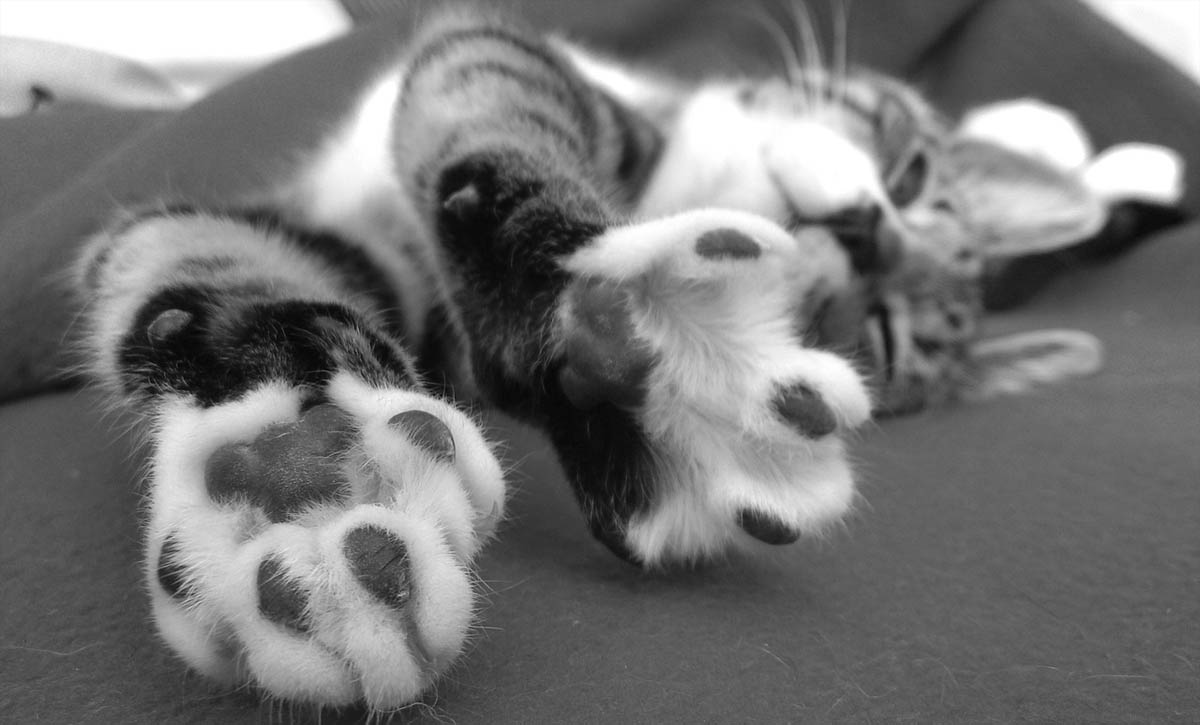
If possible, schedule the arrival for a time when you and/or family members will be around for a few days so that he can have some company as he adjusts to his new surroundings.
Place him in his new room and spend some time settling him in. Give him some food and water as soon as he arrives home. The only milk a kitten needs is from his mother, and once weaning has taken place, water is necessary. Most cats are intolerant to milk once they wean and it can cause an upset stomach.
Show him where his litter tray is by placing your kitten in it very shortly after you get home. You should also place them in the kitty litter several times over the first few hours if they havne’t yet used it.
Keep all windows and doors shut so that he can’t escape.
Many kittens are particularly unsettled at night, missing the comfort of their mother and siblings. If this happens, you can try wrapping a ticking clock in a towel and placing it in his bed. If it is cool, give him a hot water bottle (not too hot), to snuggle into.
Introducing your kitten to children
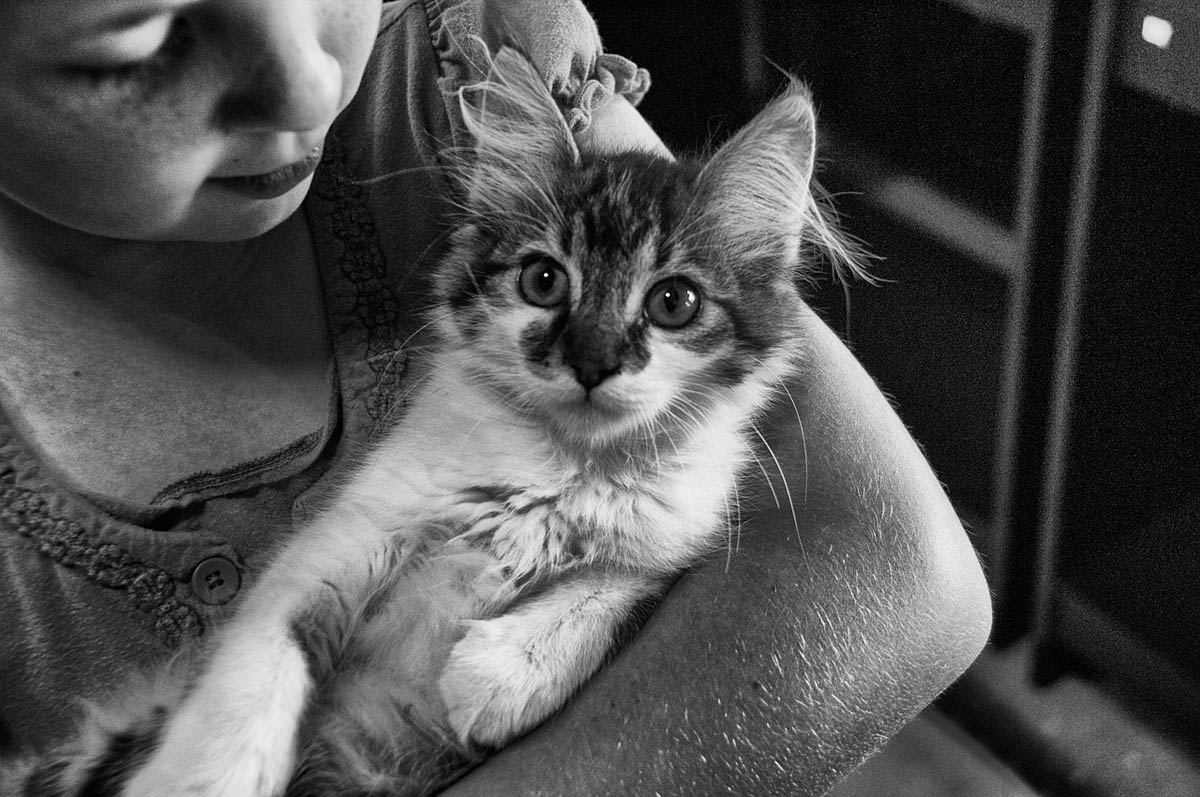
Children, particularly young ones (under 5) can be pretty boisterous. Let your kitten settle in before introducing him to the children. When they do meet, they will naturally want to hold him. Make sure they are sitting down and calm. Children under five should be very closely supervised with kittens as they don’t know their own strength and can easily hurt them. Make sure they know that they are only allowed to hold the kitten when they are sitting down.
The next few days

Gradually open up more rooms as your cat becomes more confident. I like to keep kittens confined when we’re not around, but when people are home, let them explore their new home. Let your kitten guide you. If he’s still unsure of himself and shy, just keep him in a smaller area until he comes out of himself a bit. I do find almost all kittens are happy to explore within the first day. Close cupboards, drawers and wardrobes, kittens like to hide in these places.
Once I am comfortable that a kitten is settled in and getting along with the other cats, I then move him out of his temporary home and let him live in the rest of the house.
Introducing other pets
The introduction of other pets should happen once your kitten has settled in, this usually only takes a day or so. Go slow and supervise. To keep your kitten safe, just always stay with the kitten when older cats are about.
When introducing your kitten to a cat in the house:
- Supervise both your kitten and cat when they’re together
- Provide spots for both your kitten and cat to escape to if they are unsure, especially for your current cat – kittens can be a lot for an older cat, so having areas where they can observe and be left alone is important
Separating your kitten from other household cats initially while eating may be helpful. As your kitten is likely eating more often, and very likely gets food that is more appealing (kitten food has more fat/calories than adult food), then your older cat may try to eat it. If your older cat is uncertain of the new kitten, then feeding them in separate rooms might be your best option until they get more comfortable.
Don’t introduce pets if any of them are suffering from a contagious disease such as cat flu or ringworm.
Slow, careful introduction of household dogs and a new kitten is important. If you have a baby gate or barrier that they can each be behind to have the chance to smell one another and see one another before introductions can be helpful for some dogs and kittens. Having an adult with each of them for introductions without a barrier can be helpful to separate them if either is concerned/anxious or too rough. Having your dog on leash so they can’t chase your kitten can be helpful as well.

